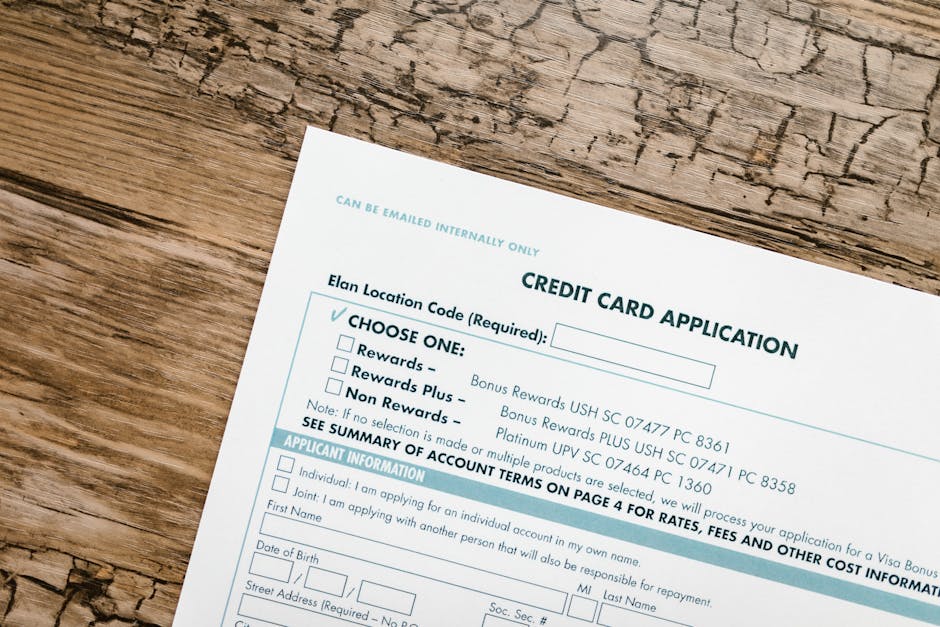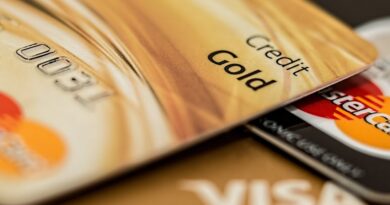Loan vs Credit Card: 8 Crucial Differences for Smarter Borrowing in 2025
In today’s fast-paced financial world, understanding the nuances of borrowing options is essential for making informed decisions. When facing unexpected expenses or planning major purchases, many people debate between a personal loan vs credit card. Each serves distinct purposes, with varying impacts on your credit score and overall finances. This guide breaks down the loan vs credit card comparison to help you choose wisely.
Table of Contents

Understanding Personal Loans
Personal loans are unsecured loans offered by banks, credit unions, or online lenders. They provide a lump sum of money upfront, which you repay in fixed monthly installments over a set period, typically one to five years. This structure makes them ideal for specific, one-time needs like home improvements or medical bills.
Interest rates on personal loans usually range from 6% to 36%, depending on your credit score. Borrowers with excellent credit often secure lower rates compared to credit cards. The fixed rate ensures predictable payments, helping with budgeting.
Unlike revolving credit, personal loans have a defined end date. Once repaid, the loan closes, potentially impacting your credit mix if not managed well. Lenders evaluate your income, debt-to-income ratio, and credit history during approval.
Origination fees, which can be 1% to 8% of the loan amount, are common. These upfront costs should be factored into your decision when comparing loan vs credit card options.
Exploring Credit Cards in Depth
Credit cards function as revolving lines of credit, allowing you to borrow up to a limit and carry a balance month to month. They come from banks or issuers and often include rewards like cash back or travel points. This flexibility suits everyday spending and emergencies.
Annual Percentage Rates (APRs) on credit cards average 15% to 25% or higher for purchases and cash advances. Variable rates tied to the prime rate can fluctuate, adding uncertainty to costs. Minimum payments keep accounts current but prolong debt if balances grow.
Credit utilization, the ratio of balance to limit, affects your credit score significantly. Keeping it under 30% is advisable. Cards also build credit history through on-time payments, a key factor in FICO scores.
Many cards charge annual fees, foreign transaction fees, or balance transfer fees. Rewards programs can offset these, but only if you pay balances in full to avoid interest. In the loan vs credit card debate, cards shine for short-term, low-interest use.
Key Differences: Loan vs Credit Card
The primary distinction in loan vs credit card lies in repayment structure. Loans demand fixed payments until the balance is zero, while cards allow minimum payments with ongoing access to credit. This makes loans better for debt consolidation and cards for ongoing expenses.
Interest calculation differs too. Personal loans use simple interest on the principal, leading to lower total costs over time. Credit cards apply compound interest daily on unpaid balances, which can balloon debt quickly if not paid off monthly.
Approval criteria vary. Loans often require higher credit scores and proof of income for larger amounts. Cards may approve lower scores but with higher rates or lower limits. Fees also contrast: loans have origination costs, cards have annual and penalty fees.
Impact on credit scores is another angle. Taking a personal loan can temporarily dip your score due to a hard inquiry and new debt. Credit cards, when used responsibly, build positive payment history but high utilization hurts scores.
Usage flexibility sets them apart. Loans fund specific purposes without ongoing temptation to spend more. Cards encourage impulse buys, which can lead to overspending in the loan vs credit card comparison.
Interest Rates and Costs
Average personal loan rates sit around 10-12% for good credit in 2025, per recent data. Credit card rates hover at 20%+, making loans cheaper for larger sums. However, if you qualify for a 0% APR promotional card, it could temporarily beat loan rates.
Over a $10,000 borrow at 10% over three years, a loan costs about $1,200 in interest. The same on a card at 20% with minimum payments could exceed $5,000 over a decade. This highlights why understanding loan vs credit card costs matters.
Repayment Terms
Loan terms are rigid: 24-60 months typically. Credit cards have no fixed term; you decide payoff speed. This flexibility aids cash flow but risks long-term debt accumulation.

Pros and Cons of Personal Loans
One major pro of personal loans is the fixed interest rate, shielding you from market fluctuations. This predictability aids financial planning, especially in volatile 2025 economic conditions. Loans also consolidate multiple debts into one payment, simplifying management.
They build credit through installment history, diversifying your profile. No collateral means less risk of asset loss. For those with strong credit, rates can undercut even secured options.
Cons include higher qualification hurdles. Poor credit leads to sky-high rates, negating benefits. Upfront fees reduce net proceeds, and early payoff penalties exist on some loans.
In the loan vs credit card scenario, loans suit committed borrowers avoiding temptation. But they’re not revolving, so post-repayment, you lose access unless reapplying.
Pros and Cons of Credit Cards
Credit cards offer unmatched convenience for daily transactions. Rewards programs provide value: 1-5% cash back on purchases adds up. Grace periods of 21-25 days let you borrow interest-free if paid on time.
They foster emergency preparedness without new applications. Increasing limits boosts available credit, aiding utilization ratios. Fraud protection is robust, with zero liability for unauthorized charges.
Drawbacks are steep. High interest compounds rapidly, turning convenience into a debt trap. Overspending is easy, leading to cycles of minimum payments. Late fees of $30-40 and penalty APRs punish mistakes.
When weighing loan vs credit card, cards excel for rewards seekers but falter for those prone to carrying balances. Responsible use is key to reaping benefits.
Rewards and Perks
Top cards in 2025 offer sign-up bonuses up to $500 after spending thresholds. Travel perks include lounge access and insurance. These extras make cards appealing over plain loans.
However, rewards devalue if interest accrues. Always calculate net value in your loan vs credit card analysis.
When to Choose a Personal Loan Over a Credit Card
Opt for a personal loan when funding large, one-off expenses like weddings or debt consolidation. If your credit card rates exceed 15%, refinancing into a loan at 8-10% saves thousands. Fixed payments align with steady incomes.
For building credit without revolving debt, loans provide structure. They’re preferable if you anticipate rate hikes in 2025, as fixed terms lock in costs. Avoid cards if discipline wanes on spending.
Consider loans for tax-deductible purposes, like education, though consult a pro. In loan vs credit card choices, loans prevent the ‘borrow more’ trap inherent in cards.
Link to related advice: For strategies on tackling high-interest debt, check out How to Pay Off Credit Card Debt Fast: 7 Proven Strategies.
Strategies for Managing Debt from Loans and Cards
Effective debt management starts with tracking all obligations. Use apps to monitor payments and balances. Prioritize high-interest debts first, whether from a loan or card.
For credit cards, transfer balances to 0% APR offers to pause interest. With loans, extra principal payments shorten terms without penalties on most. Budgeting ensures you allocate funds wisely.
Improve your credit score to refinance later. As per Credit Score Mastery: 6 Proven Tactics to Elevate Your Financial Standing in 2025, consistent habits pay off. Avoid new debt during repayment.
Seek professional help if overwhelmed. Nonprofit credit counseling can negotiate rates. For deeper insights, visit the Consumer Financial Protection Bureau for resources on borrowing wisely.
Incorporate side income to accelerate payoffs. Explore 10 Essential Side Hustles to Pay Off Debt Faster in 2025 for ideas. Combining these tactics minimizes loan vs credit card pitfalls.
Build an emergency fund to prevent reliance on credit. Aim for 3-6 months’ expenses in a high-yield account. This buffer reduces future borrowing needs.

Final Thoughts on Loan vs Credit Card
Choosing between a personal loan vs credit card hinges on your financial goals and discipline. Loans offer structure for big debts, while cards provide flexibility for rewards and emergencies. Assess rates, terms, and your habits before deciding.
In 2025, with potential rate changes, locking in a loan might secure savings. Use cards judiciously to avoid interest traps. Ultimately, both tools can build wealth if managed right.
Regularly review your strategy. As economic shifts occur, revisit the loan vs credit card balance. Financial freedom awaits those who borrow smartly.
For more on credit building, see 8 Smart Credit Building Tips to Boost Your Score Quickly in 2025. Stay informed and proactive.




